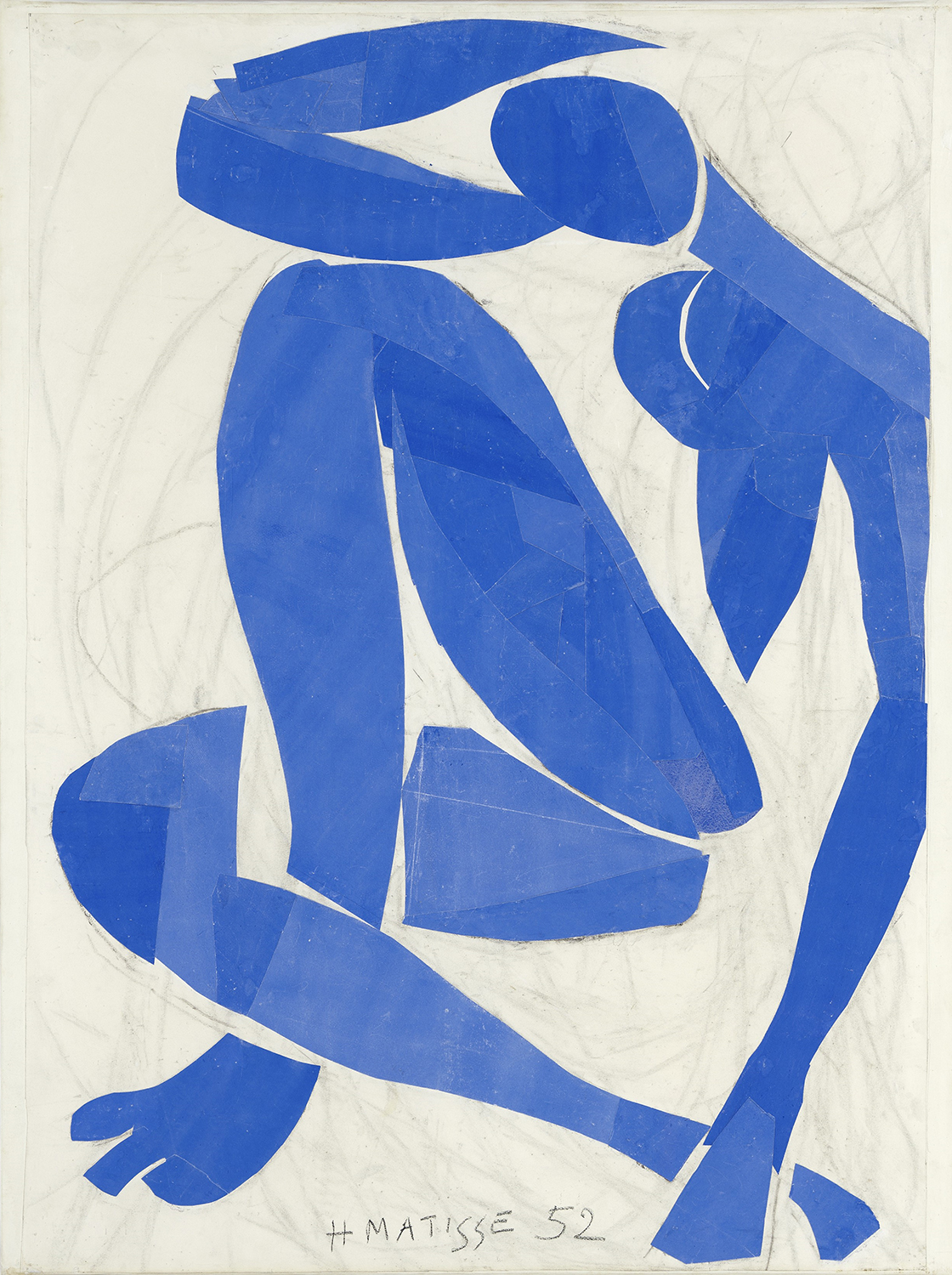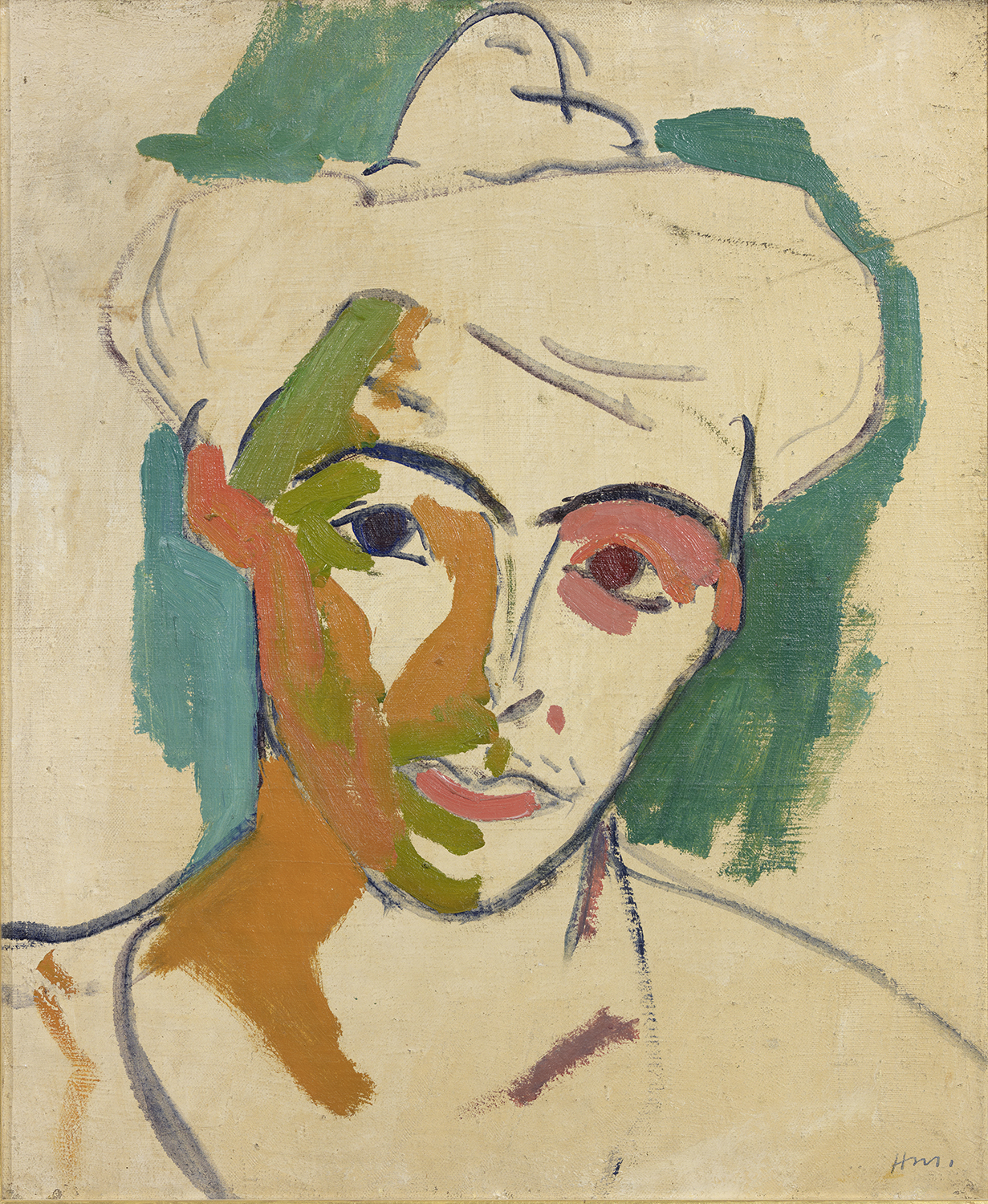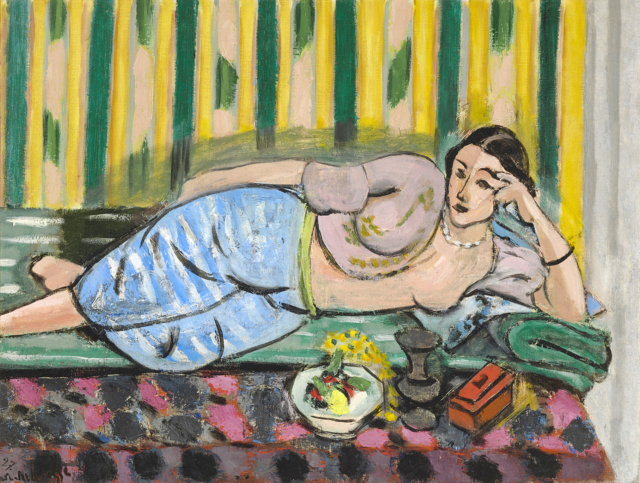HENRI MATISSE – FORMS IN FREEDOM
HAPPENINGText: Alma Reyes
One of the grandest masters of Fauvism, Impressionism, Modern art, Post-Impressionism, Modernism, and Neo-Impressionism, Henri Émile Benoît Matisse and his profound sense of colorism and decorative patterns have been enormously loved by people across the world. As leader of the Fauvism movement (1904-1908) together with André Derain, Matisse pronounced flat shapes, controlled lines, pointillism, and disregard for natural colors. Rival and friend Picasso spoke about him, “If I were not making the paintings I make, I would paint like Matisse.”
The National Art Center, Tokyo is presenting the huge exhibition “Henri Matisse – Forms in Freedom” until May 27. The show reveals for the first time in Japan the artist’s cut-out works, including the 4.1 meters x 8.7 meters masterpiece Flowers and Fruits (1952-1953). Also highlighted is the replica of Chapelle du Rosaire, constructed from 1948-1951 in Vence, Cote d’Azur. It was entirely conceptualized by Matisse, from the architecture, stained glass windows, murals, and the priest’s vestments.

Henri Matisse, Blue Nude IV, 1952, Musée d’Orsay, Paris (on loan to Musée Matisse Nice) © Succession H. Matisse, Photo: François Fernandez
Visitors will marvel at the exhibition’s 161 works encompassing paintings, sculptures, prints, textiles, and archival materials from the collection of Musée Matisse Nice.
In the first section, we encounter Matisse’s early paintings completed in Northern France where he was born, as well as those done in Paris, Toulouse, Corsica, and Collioure in southern France. Before becoming an artist, Matisse studied law in Paris, and worked as a court administrator. While he was recovering from appendicitis in 1890, his mother handed him a paint box. This triggered Matisse to try his hand at drawing and painting. He eventually, moved to Paris to become an artist, and studied under Gustave Moreau at the École Nationale des Beaux-Arts. He was heavily influenced by Eugène Delacroix, Paul Cézanne, and the Impressionists. He learned to paint outdoors, and it was during his travels to the south of France that he was claimed to have developed his acute expression of light and vivid colors.

Henri Matisse, Portrait of Madame Matisse, 1905, Musée Matisse Nice © Succession H. Matisse, Photo: François Fernandez
Portrait of Madame Matisse (1905) is one of his paintings done in Collioure, where he often worked with Derain. The two artists led the Fauvism movement, which flourished in the early 20th century, and was marked by bold and wild brushstrokes, also injecting vibrant hues directly from the tube. The portrait executes the Fauvist style of profound contrast, here, between the green shadows and red highlights on the face.

Henri Matisse, Odalisque with Red Box, 1927, Musée Matisse Nice © Succession H. Matisse, Photo: François Fernandez
Matisse arrived in Nice in 1917, and moved to several studio locations in the city. The studio was a crucial setting for him, and in each, he enjoyed arranging screens, carpets, furniture, and accessories, as well as dressing up his models in varied costumes. Many works are displayed staging his studio furnishings and backgrounds in them. Odalisque with Red Box (1927) is one of his famous paintings in Nice, and illustrates the curved female body against the wall and rug of geometrical shapes and lines in playful yellow, green and red. Another sample is Rococo Armchair (1946) that appears to swallow the entirety of the chair against the deep red background.
Read more ...





